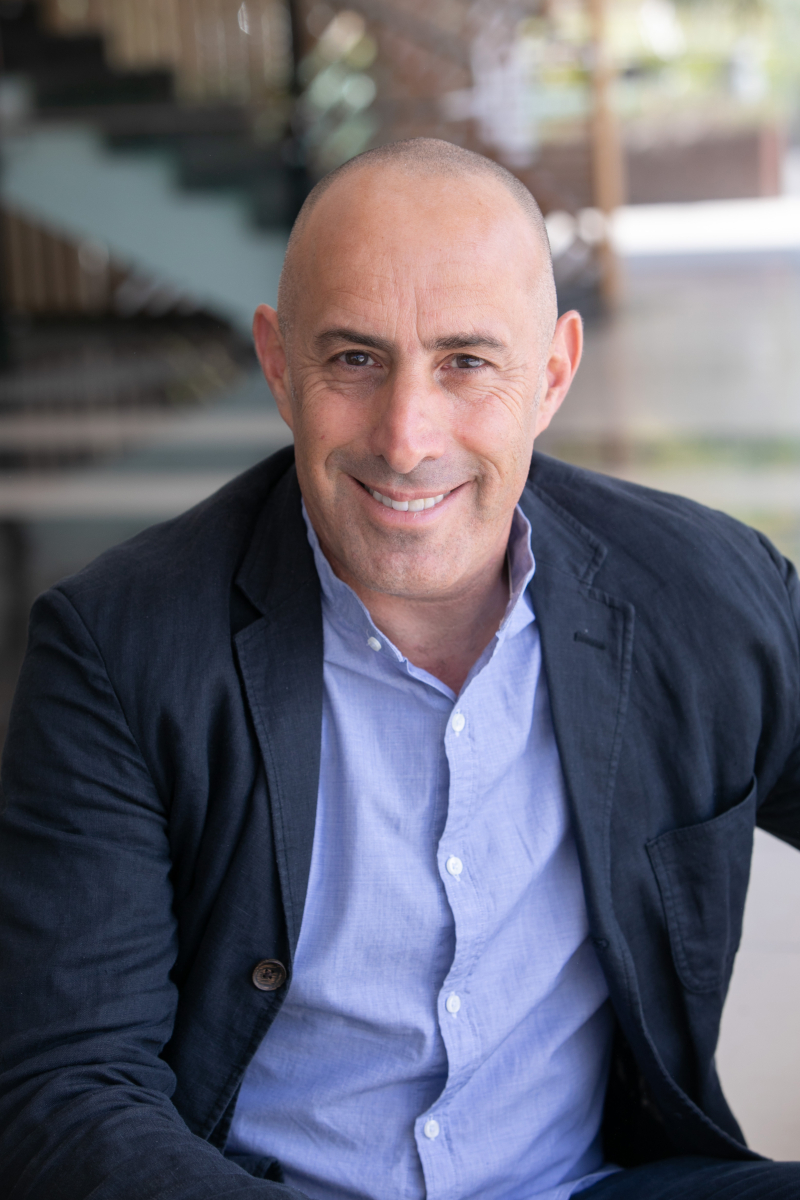Guardians of the logic gates
Weizmann researchers develop Israel’s first quantum computer
Briefs

A processor for WeizQC designed and built in Prof. Roee Ozeri’s lab by PhD students Lee Peleg and David Schwerdt
Building a working quantum computer is such a daunting venture that many believe it’s only for tech giants and superpowers, something on a scale beyond Israel’s reach. Prof. Roee Ozeri of the Department of Physics of Complex Systems, and the Weizmann Institute’s Vice President for Development and Communications, begs to differ: “One of the world’s first computers, WEIZAC, was built here in the 1950s. Today Israel is a technological empire; there’s no reason we shouldn’t be front-runners in the quantum computing race.” In a project reported in March in PRX Quantum, Prof. Ozeri’s team succeeded in building Israel’s first quantum computer—one of about 30 such machines in the world, and one of less than 10 to rely on an advanced technology known as ion traps. An even larger computer is now in the works and already has a name: In a tribute to WEIZAC, the scientists plan to call it WeizQC.
In two places at once
Quantum computers promise to reach computational complexity— the “quantum advantage”—that is unthinkable using even the most powerful classical computers. This level of ability should bring about a slew of applications, from designing unbreakable codes and predicting market fluctuations, to accelerating the development of new drugs, materials, and AI systems. In our familiar world, humans, cats, or even bits, the basic units of information in classical computing, can only be in one place at a time. In contrast, quantum bits, known as qubits, obey an entirely different set of laws, those of quantum mechanics, which allow them to be simultaneously present in more than one position or state, and enable them to conduct multiple calculations in parallel, opening the door to vast computing power. Prof. Ozeri became a pioneer of quantum research in Israel some 15 years ago after returning from his postdoc in the United States at the National Institute of Standards and Technology, under 2012 Nobel Laureate Prof. David Wineland. “Then, quantum computing was done in university labs,” Prof. Ozeri says. “But in the past decade, companies such as Google, Amazon, and IBM joined the race to build a quantum computer, while the United States, China, and the European Union initiated massively funded strategic programs to advance the field.”

Qubit switching
A leading technology in quantum computing relies on ion traps, systems in which each ion—that is, each electrically charged atom— represents a single qubit. Just as regular bits can move between two states, 0 and 1, so ion-based qubits can switch between different states, defined by different flight paths of an electron around the atomic nucleus. Instead of standard electronics, qubit switching in an ion trap is done with lasers. These qubit-based operations are called logic gates. Complex computations require gates involving more than one qubit, but such operations are sensitive, and even the tiniest environmental noise will cause the system to lose its quantum nature.
To prevent this from happening, the researchers developed a pattern of laser pulses that keeps the logic gates robust and stable. The Institute’s quantum computer is a five-qubit machine, roughly the level achieved by IBM when the company first started offering quantum computing as a cloud service. WeizQC aims to work with 64 qubits, which until now has only been achieved in two labs: Google and the University of Science and Technology of China. Theoretical research accompanying the project was conducted by Prof. Ady Stern of the Department of Condensed Matter Physics.